Our last stop while in Costa Rica was the National Museum in San Jose.
The way our trip panned out, we didn't have time in the beginning to learn about the country's history in a chronological museum setting. But, this meant that we'd gathered information from our conversations with guides and locals along the way and had some experience and semblance of understanding by the time we walked into the museum. I found that it actually made me understand the history much better when I walked through the museum galleries.
Interestingly enough, the museum is situated in what used to be the Bellavista Fortress — a stronghold that was used by the corrupt government to hold prisoners and act as a defense during an uprising in the twentieth century.
We started with the historical galleries, traveling back to the indigenous peoples who lived in the area first. Currently, Costa Rica has been trying to better support the remaining indigenous peoples who have long been forgotten and oppressed (similar to the Native Americans in the US who were relegated to reservations and have socio-economic issues due to decades-old injustices).
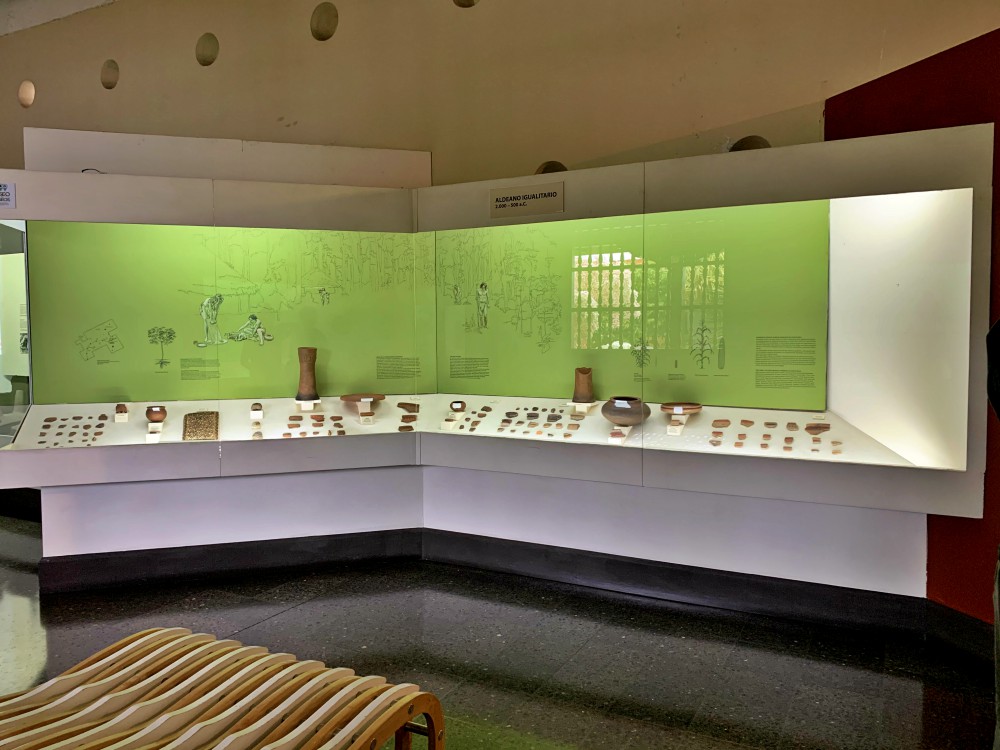 Pottery shards from 500-300BC, when tribal families began to morph into more chiefdom/state-governing structures
Pottery shards from 500-300BC, when tribal families began to morph into more chiefdom/state-governing structures
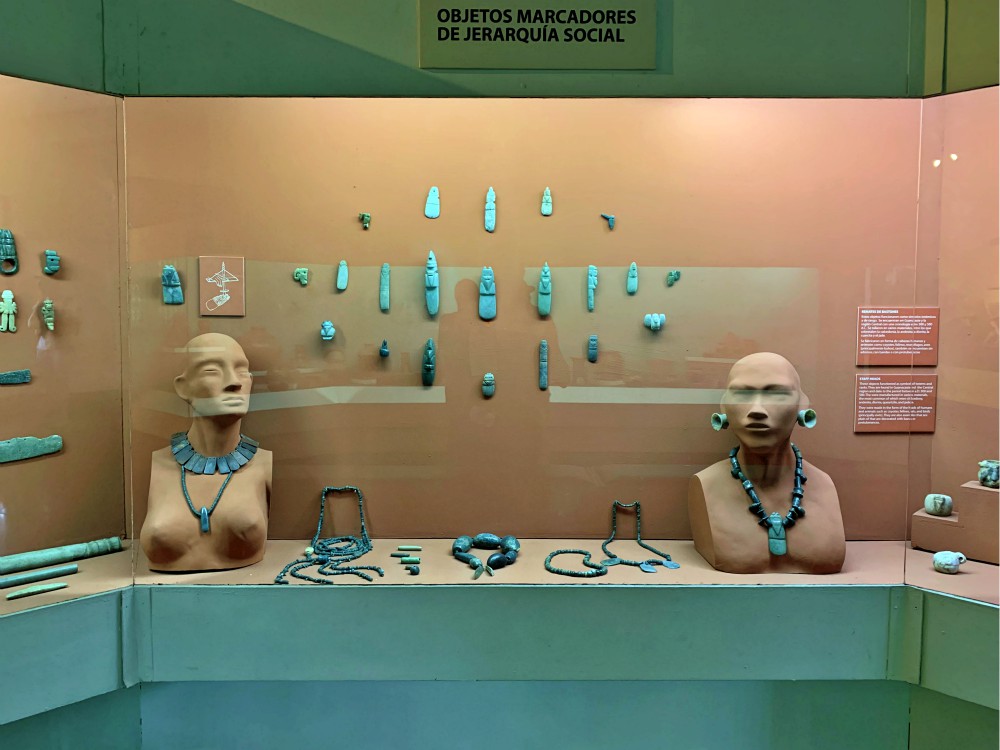 Jade was a large part of societal culture, often used in funeral celebrations
Jade was a large part of societal culture, often used in funeral celebrations
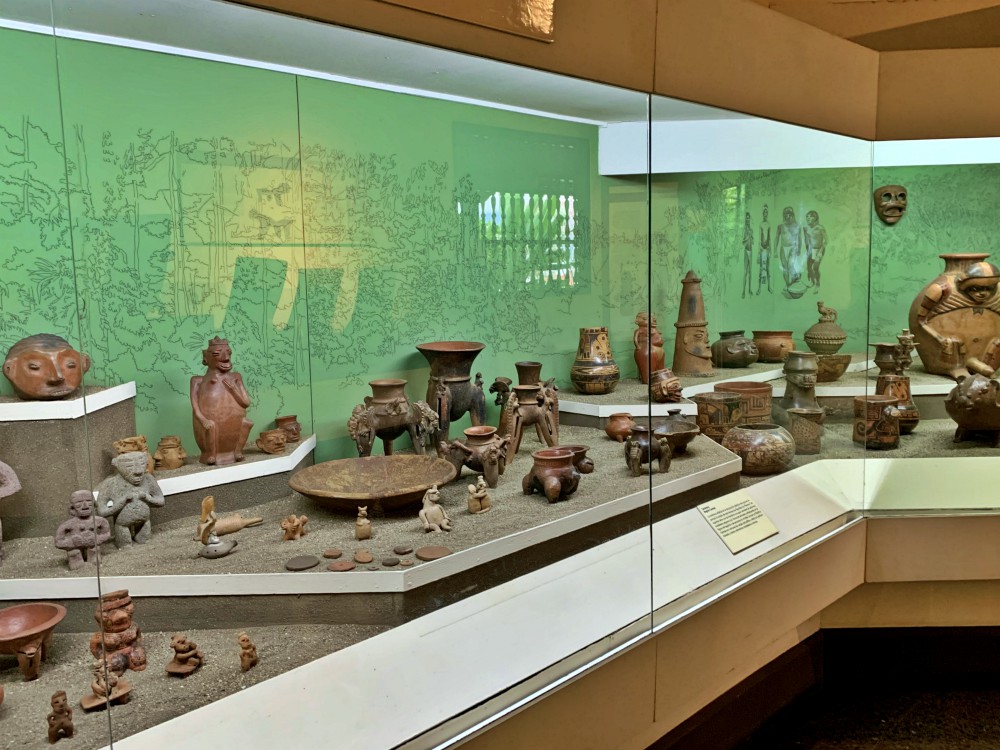 Vessels and figurines from 800-1500 d.c.
Vessels and figurines from 800-1500 d.c.
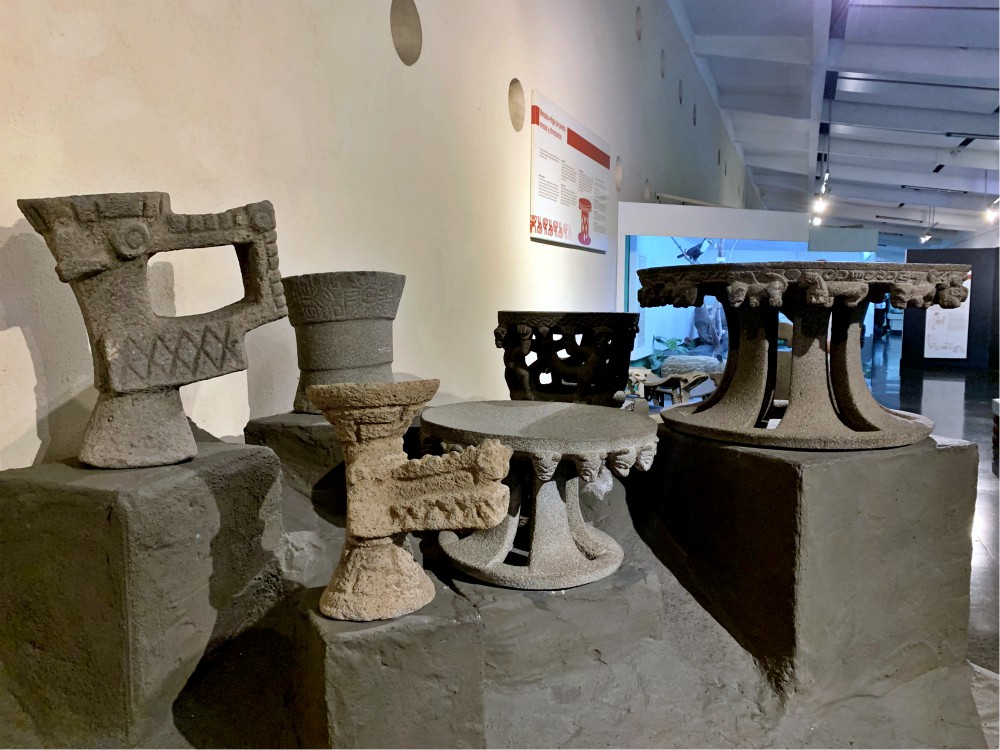 Spiritual sculptures carved from single blocks of volcanic rock, decorated with various animals and symbols that reflect the very rituals they were used for.
Spiritual sculptures carved from single blocks of volcanic rock, decorated with various animals and symbols that reflect the very rituals they were used for.
 After nearly ten thousand years, the indigenous peoples of the Americas were torn apart by Europe. For Costa Rica, that mainly meant the Spanish.
After nearly ten thousand years, the indigenous peoples of the Americas were torn apart by Europe. For Costa Rica, that mainly meant the Spanish.
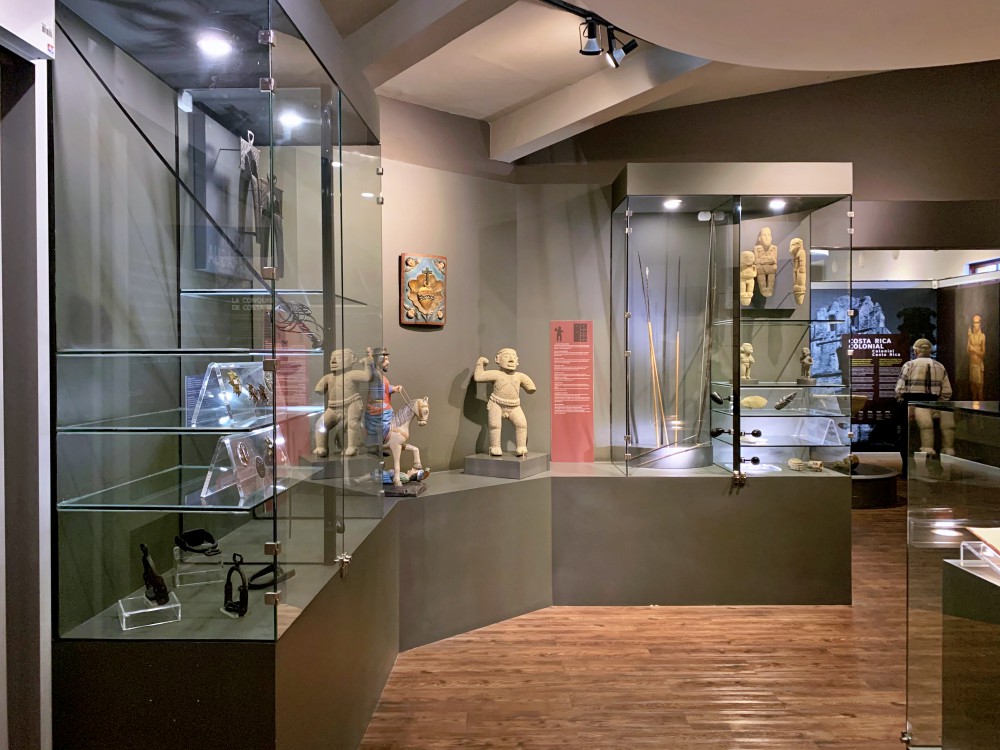 Artifacts from Spanish conquest.
Artifacts from Spanish conquest.
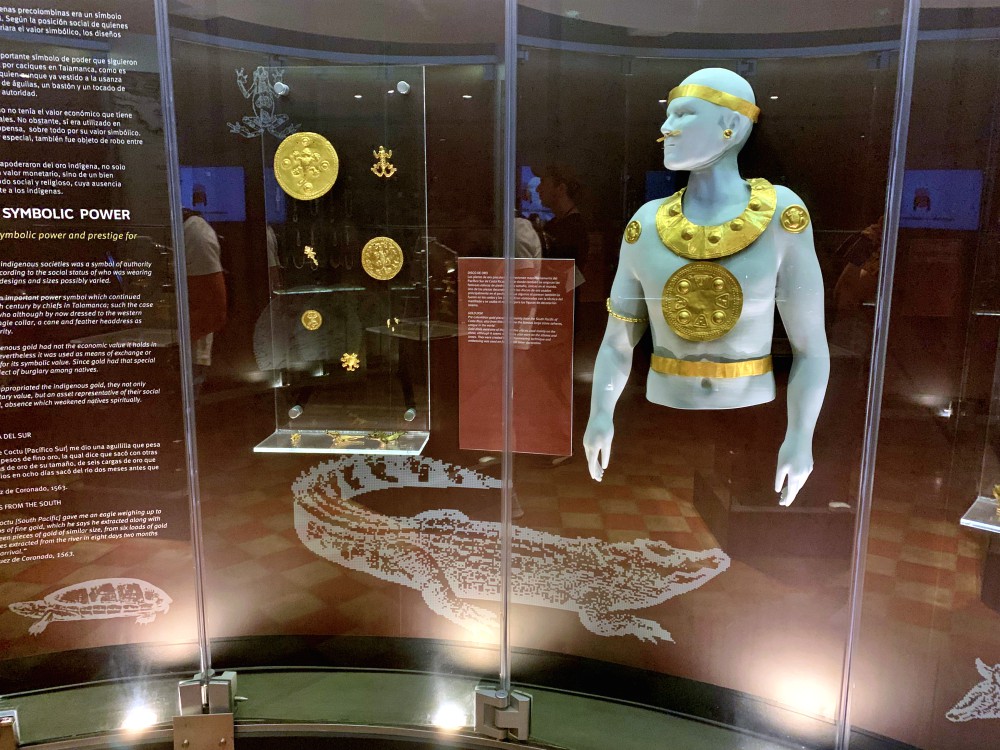 Gold: ever the symbol for power and spirituality
Gold: ever the symbol for power and spirituality
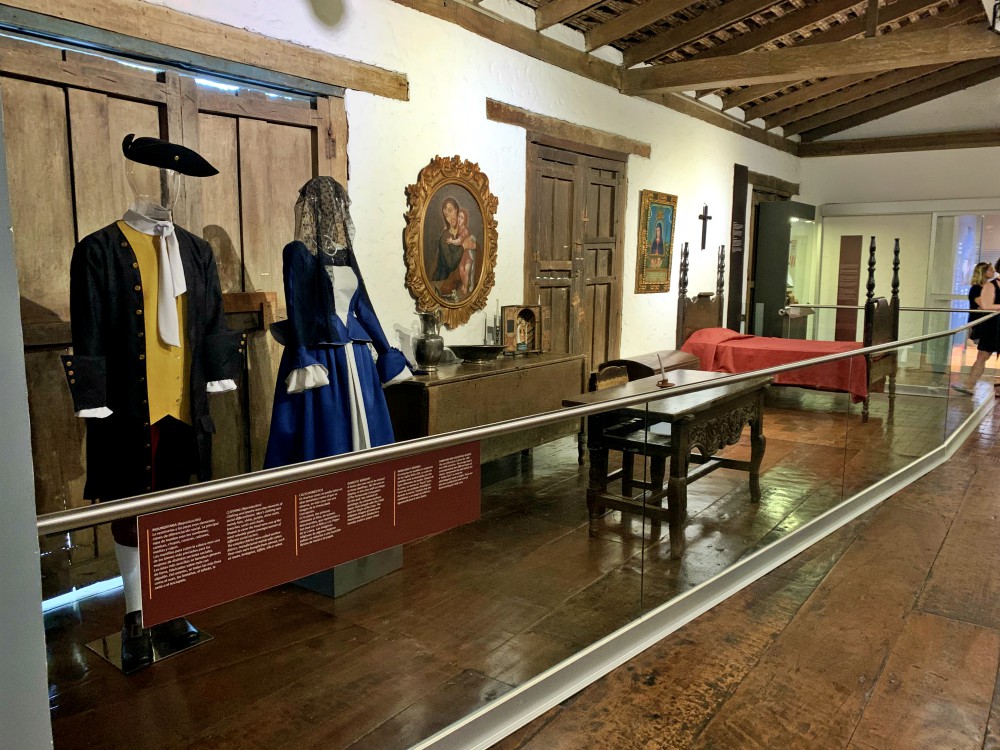 Items from Governor Tomás de Acosta's home in Costa Rica
Items from Governor Tomás de Acosta's home in Costa Rica
Costa Rica, like its neighboring countries and Caribbean island neighbors was an object Spanish conquest, which brought its own centuries-long process of subjugation.
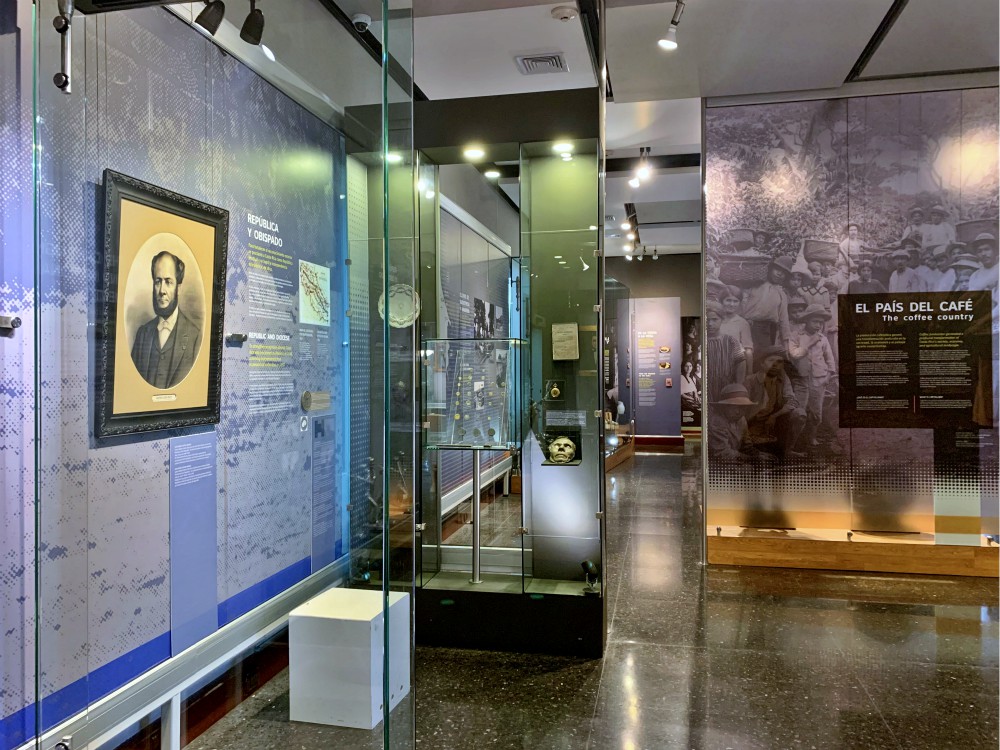 The modern world — filled with the same unrest the US, Italy, and countless other countries experienced in the middle 19th century.
The modern world — filled with the same unrest the US, Italy, and countless other countries experienced in the middle 19th century.
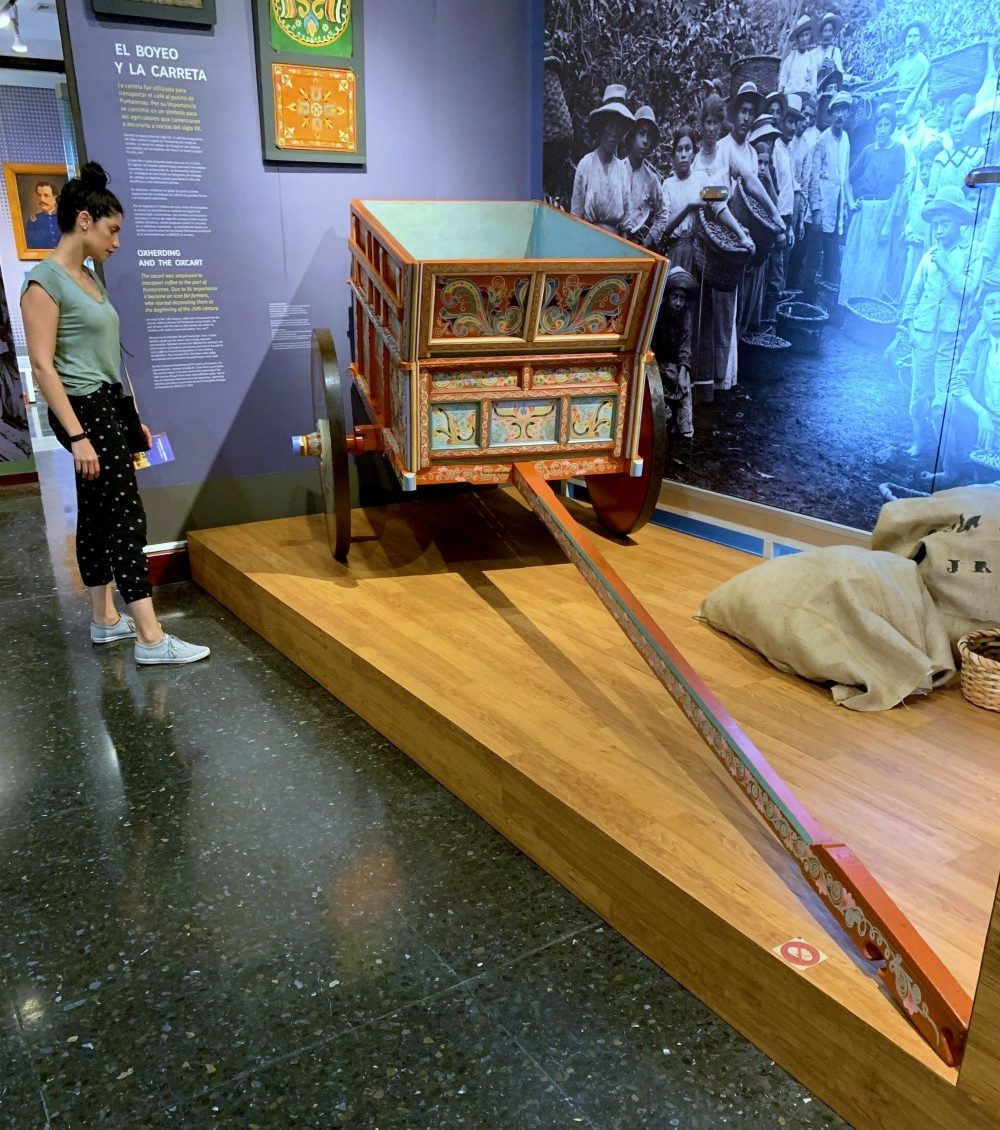 Traditional vibrantly-colored oxcarts used in coffee production
Traditional vibrantly-colored oxcarts used in coffee production
I was quite impressed with the museum. The gallery displays were interactive, easy to understand, and well-cared for.
You can venture into the lower levels of the complex to see the prisons that once held government protestors hoping for a better country. Inscriptions and markings are still visible on the walls.
Well worth a visit if you're in the capital as it will provide a perfect context for your visit!
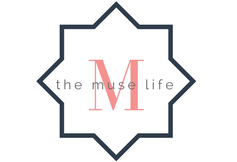
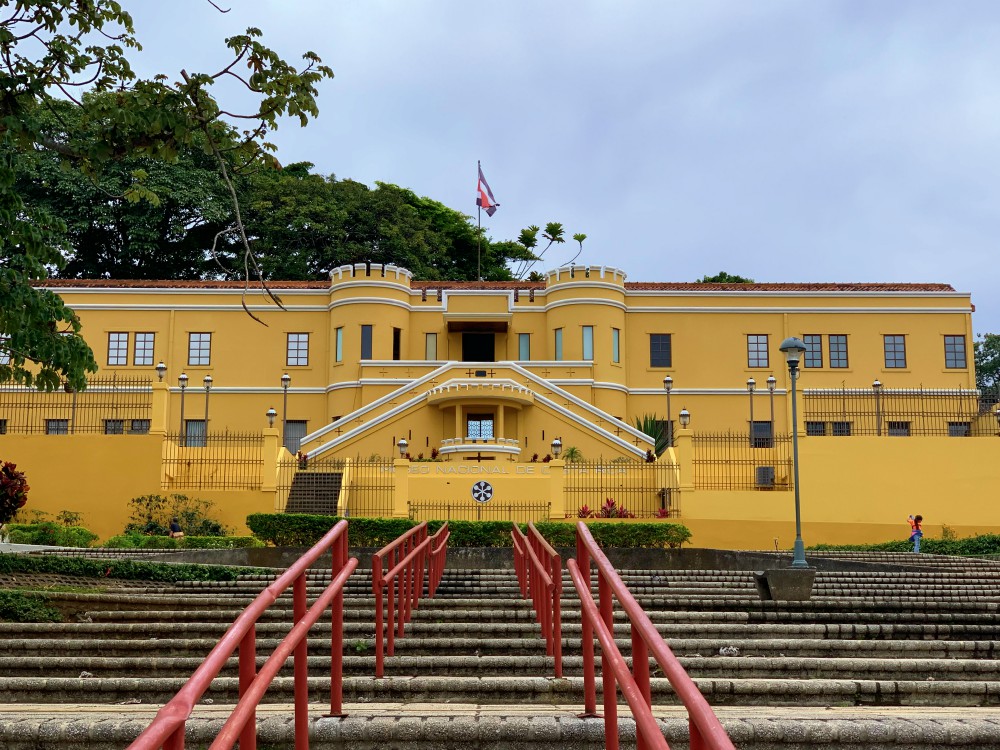
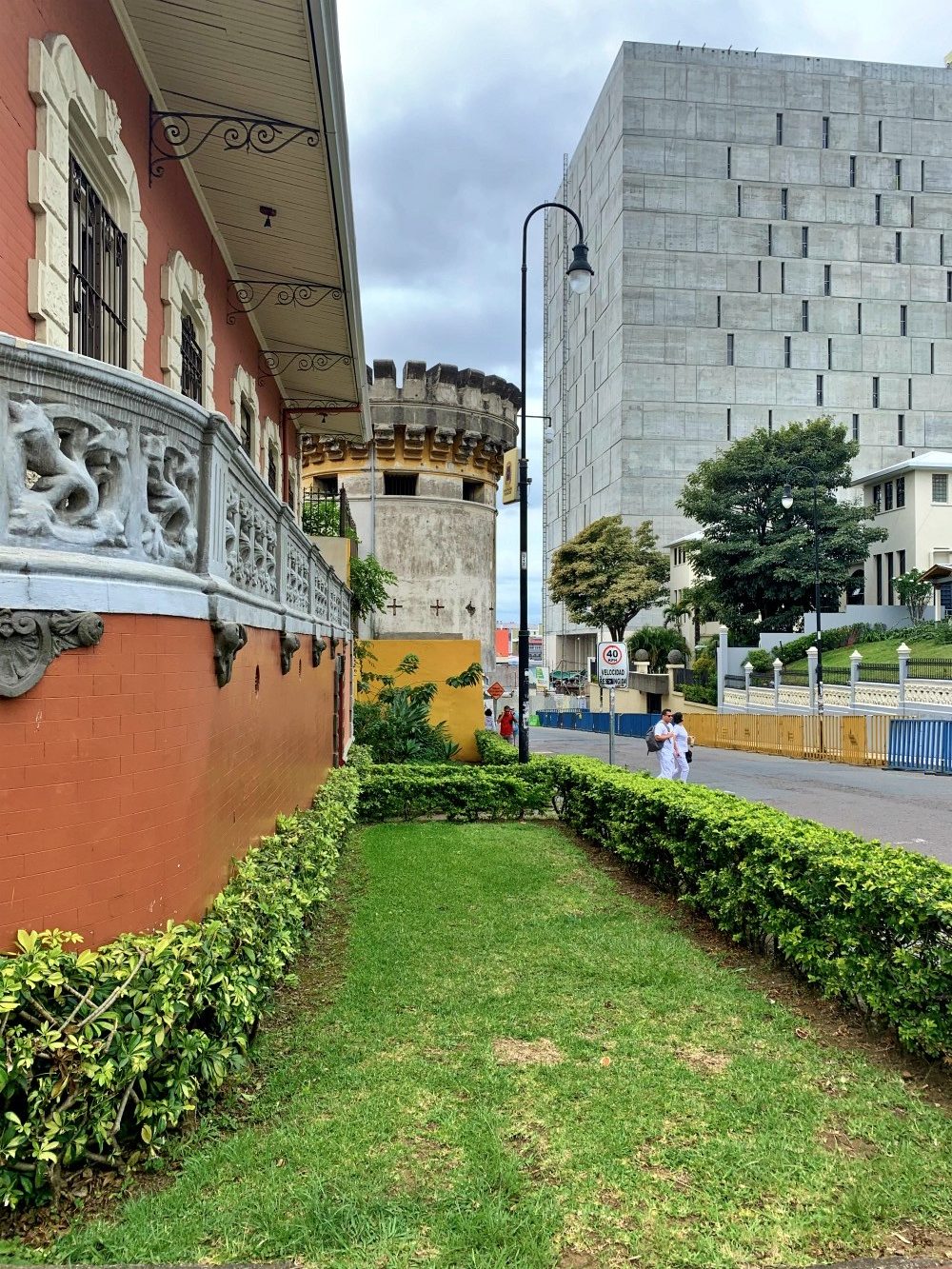
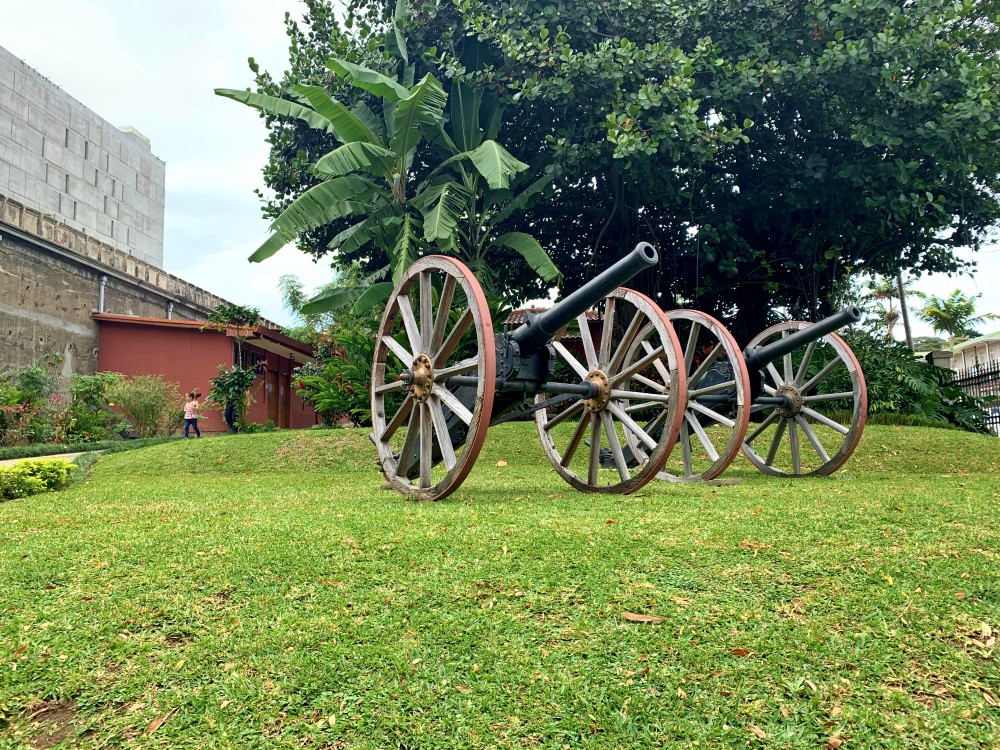
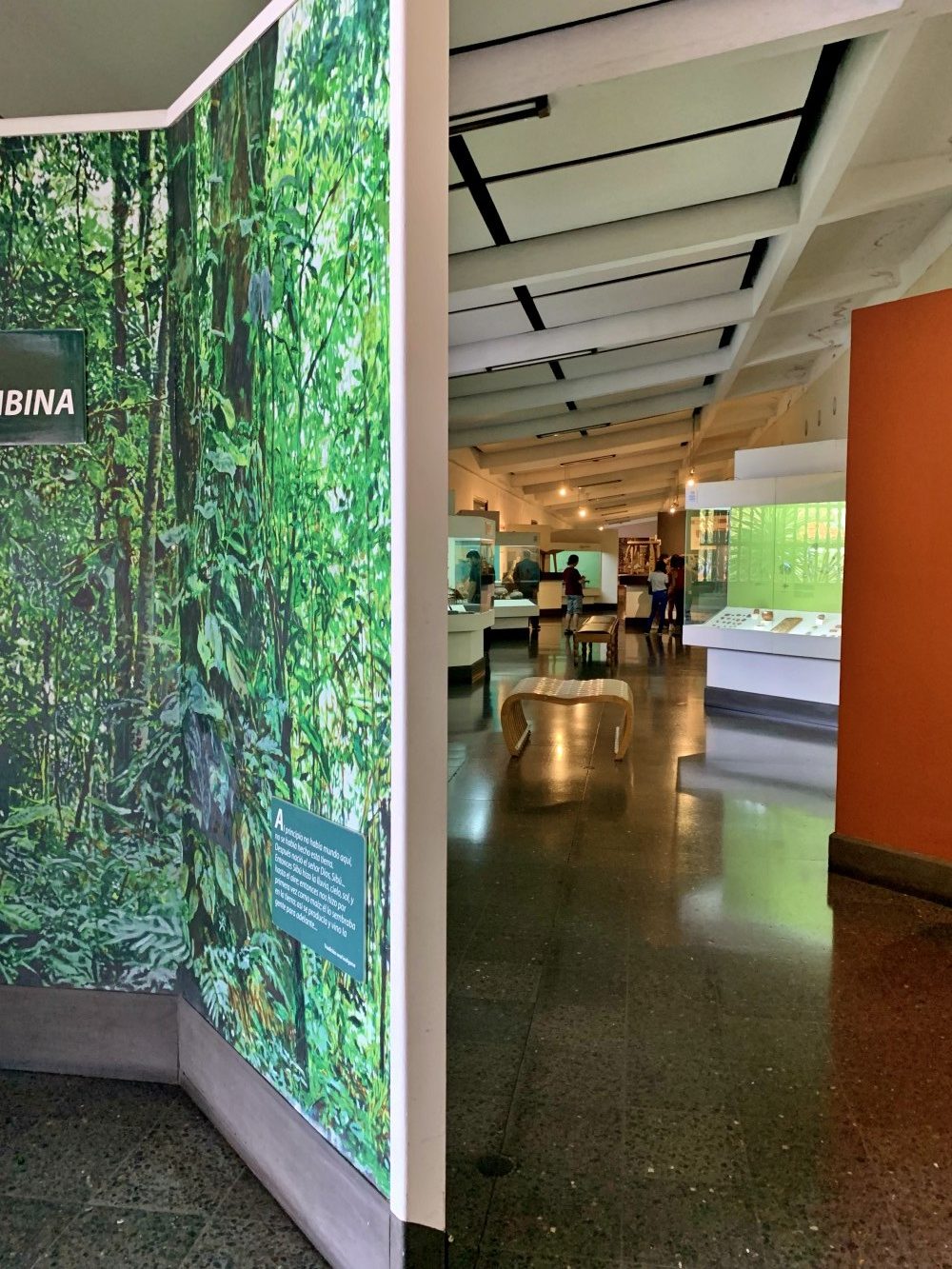
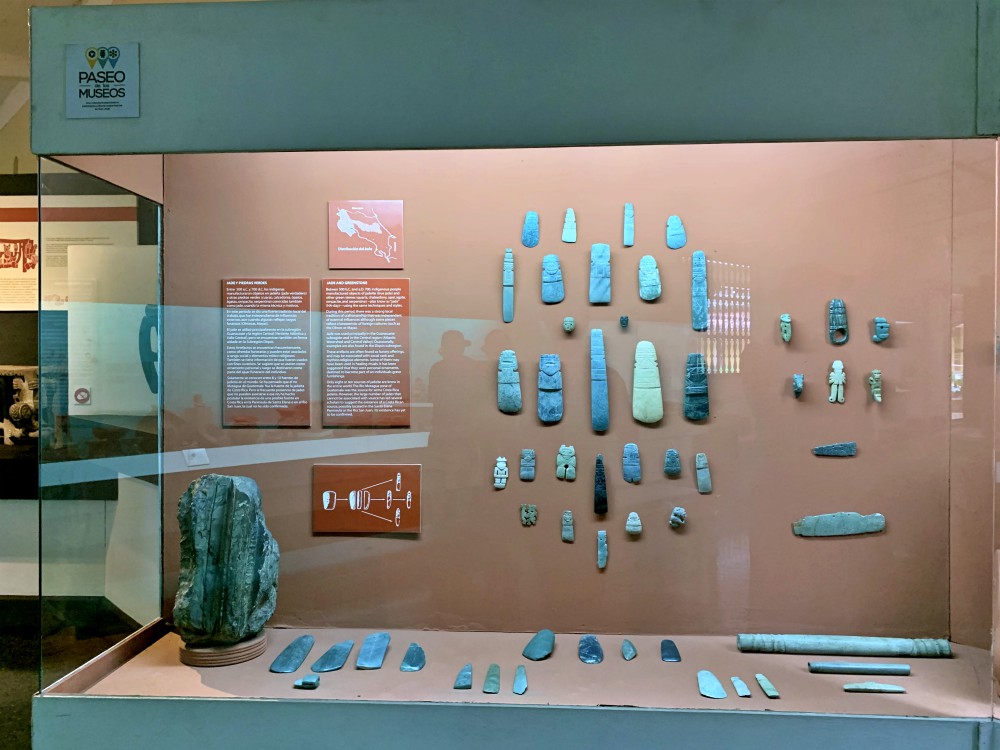

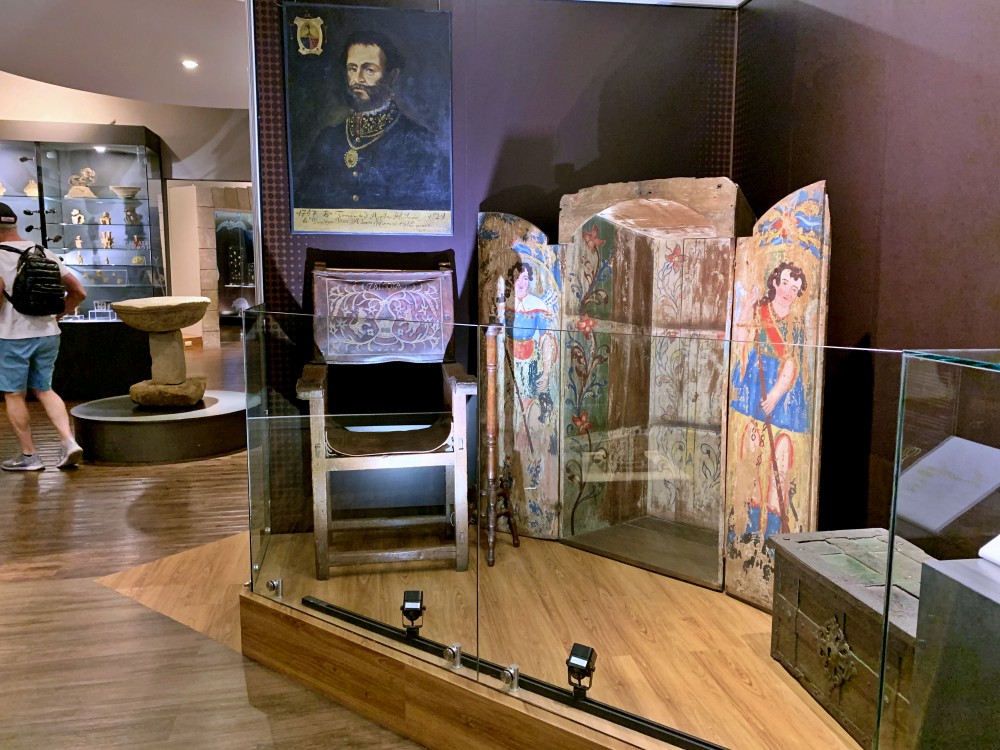
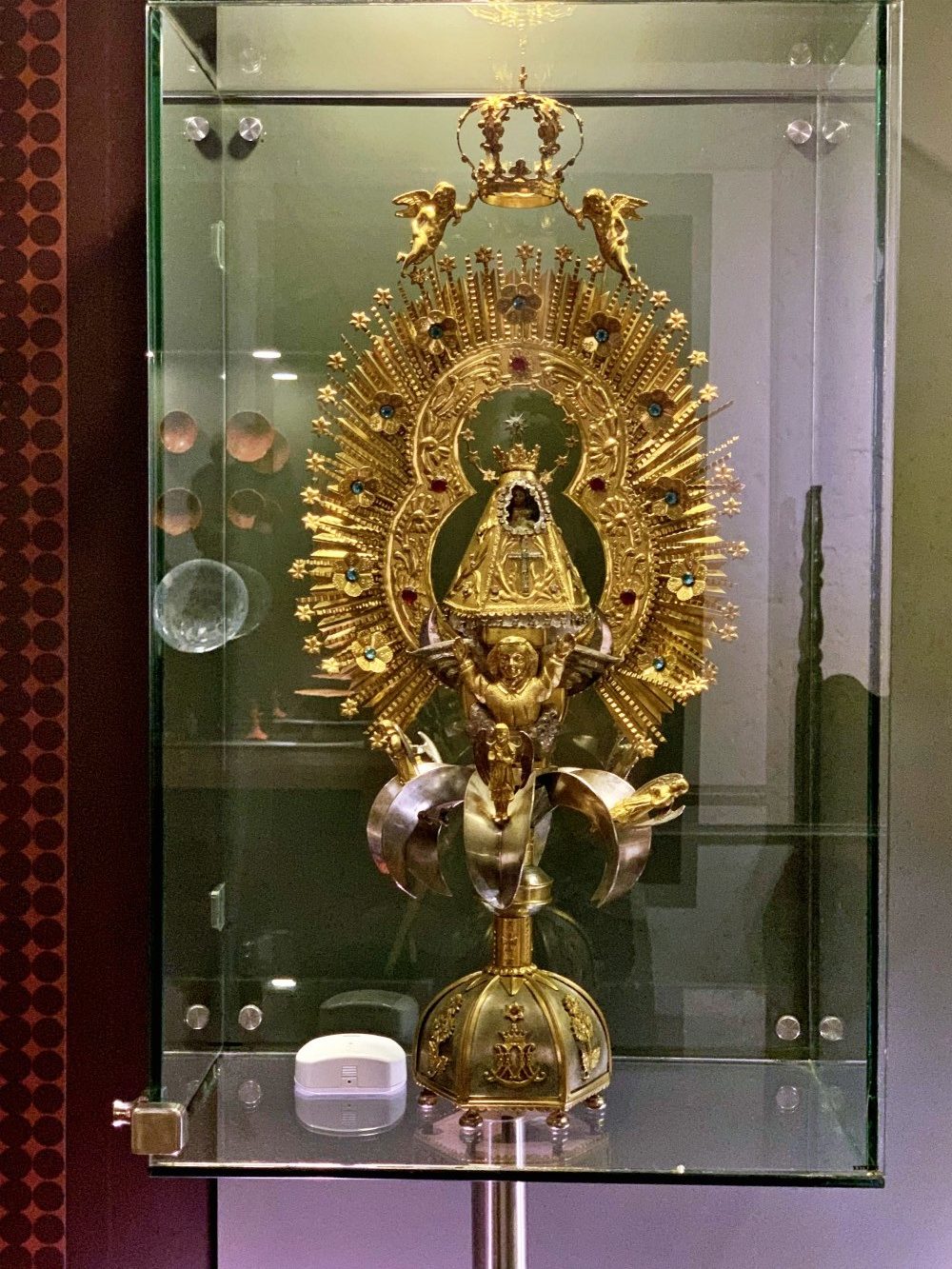

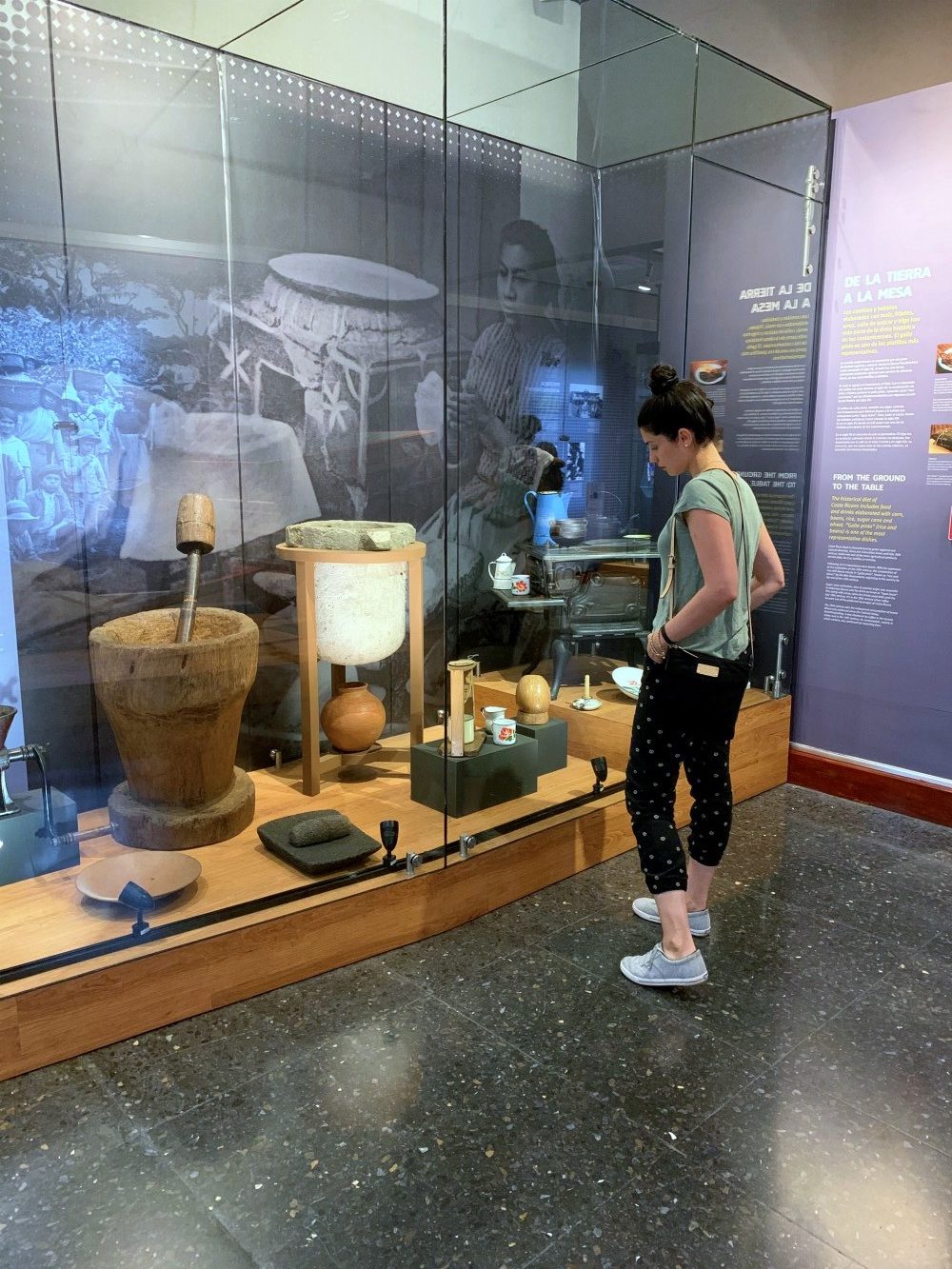
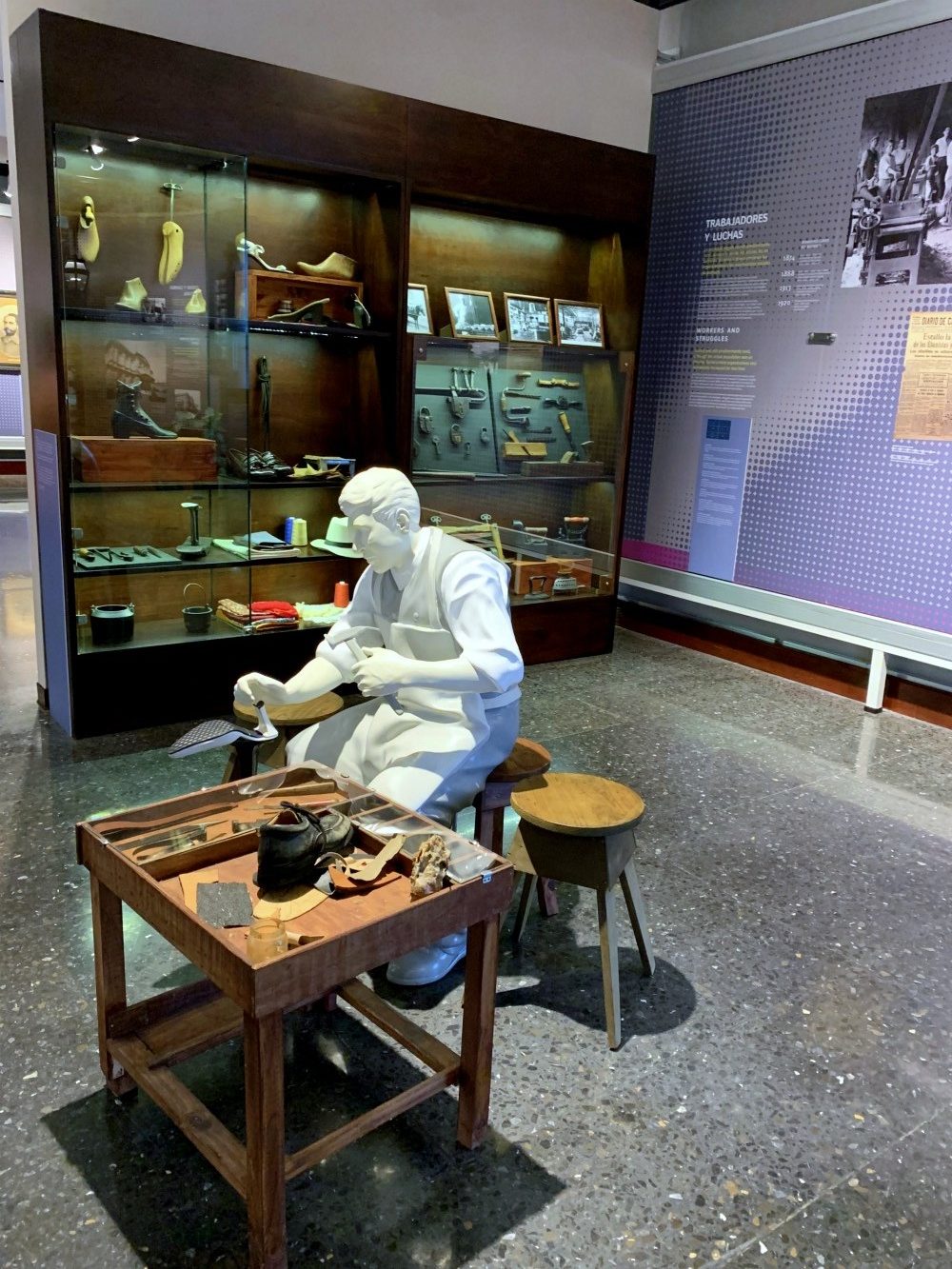

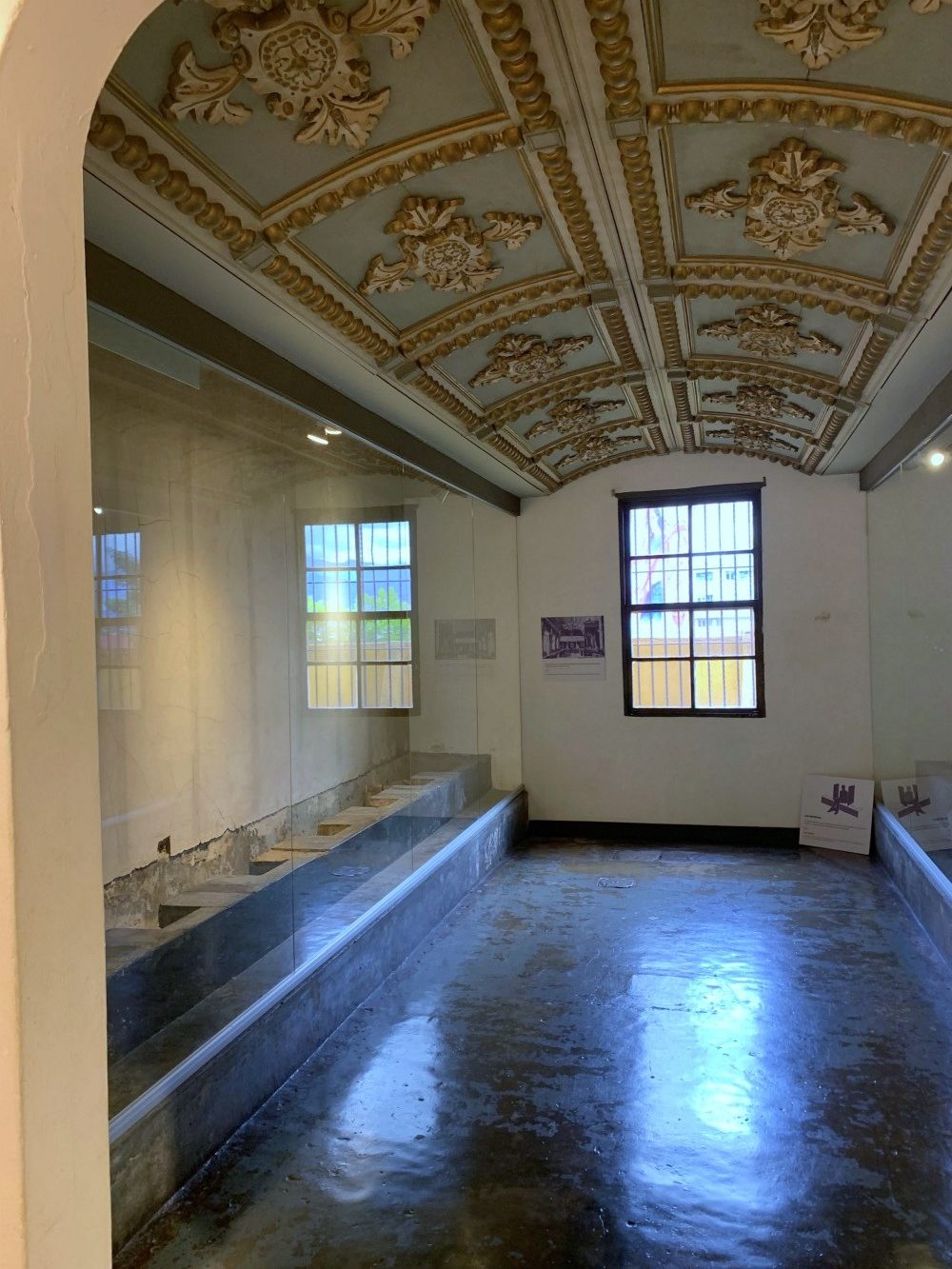
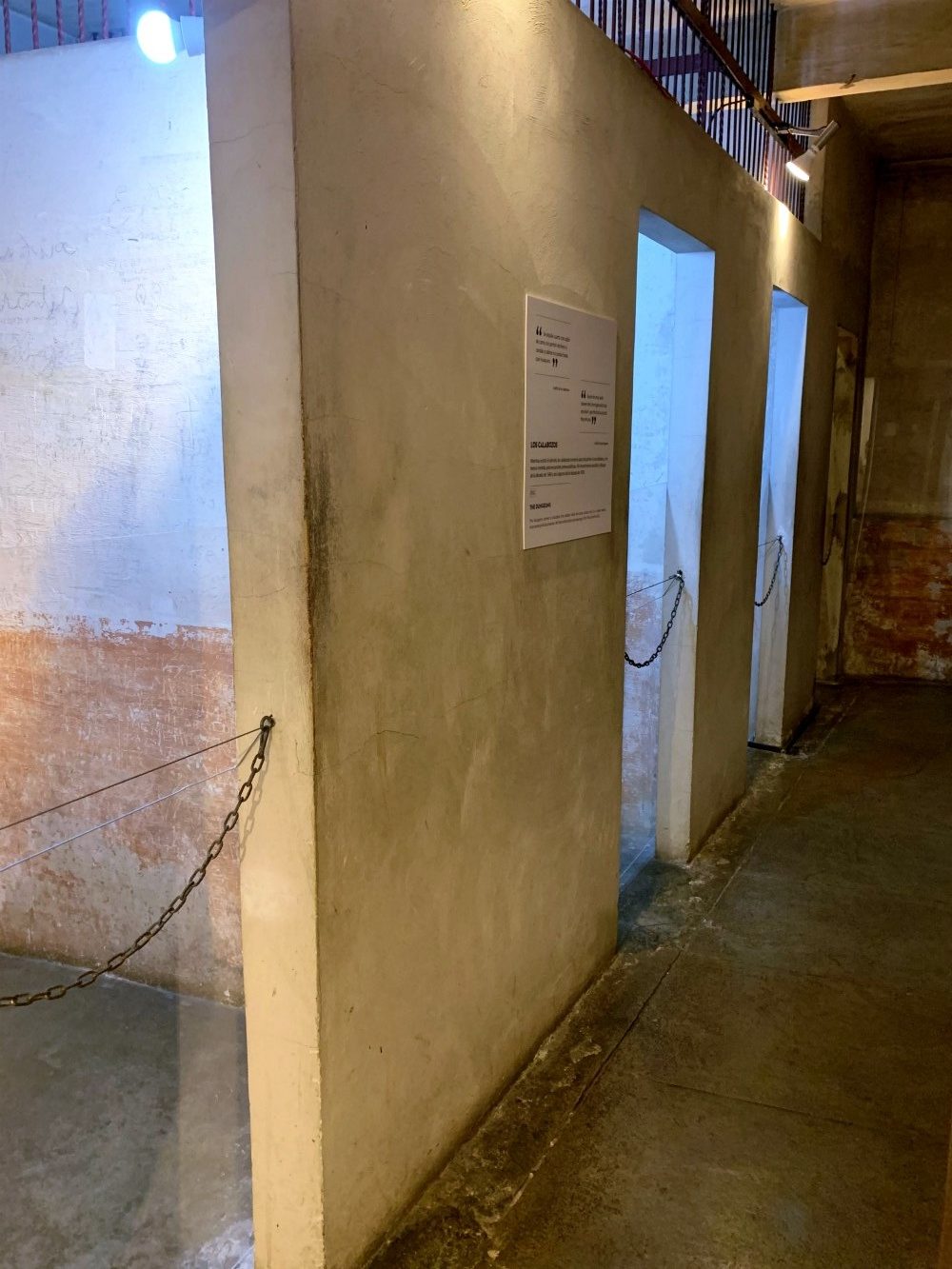
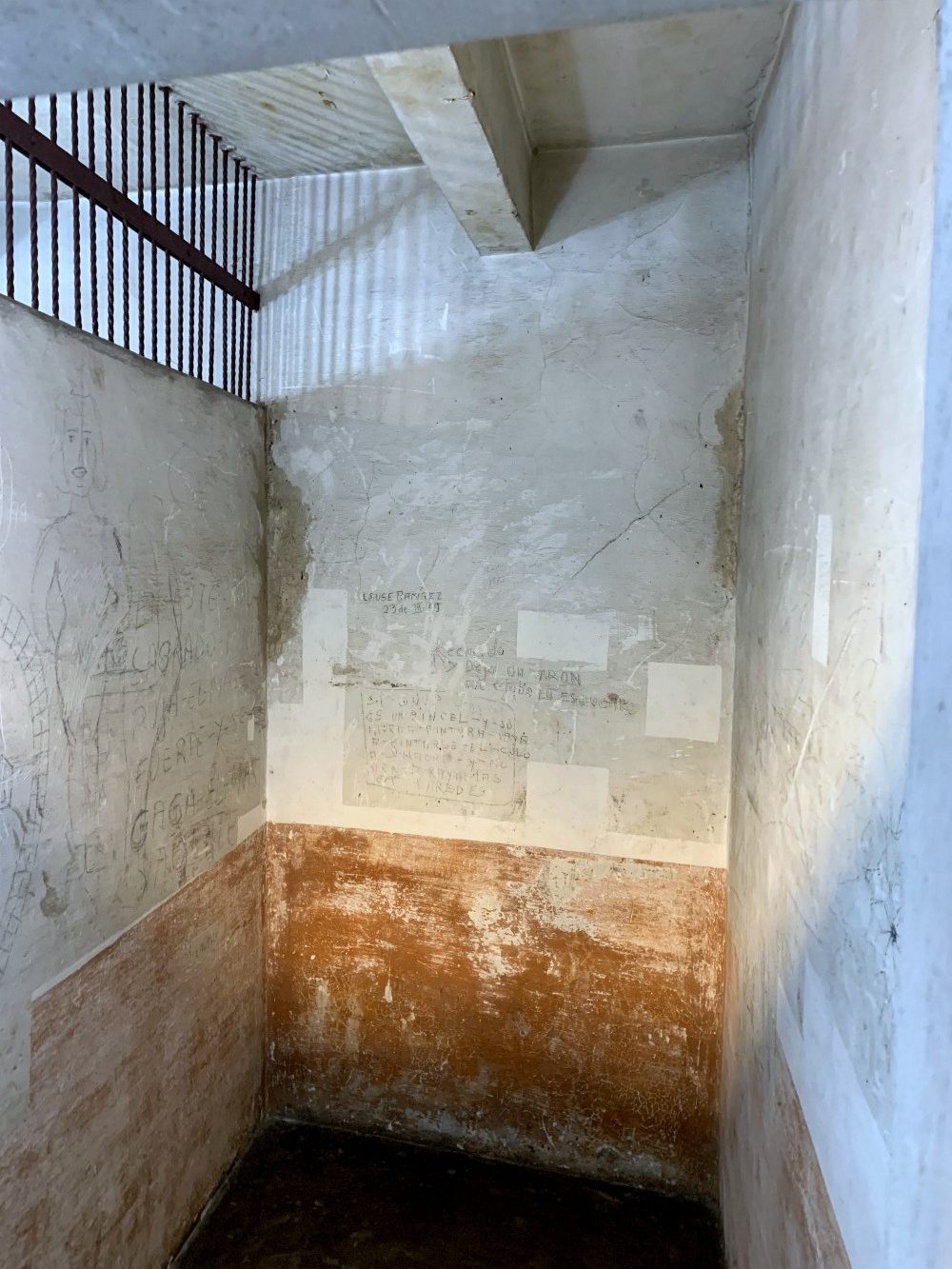
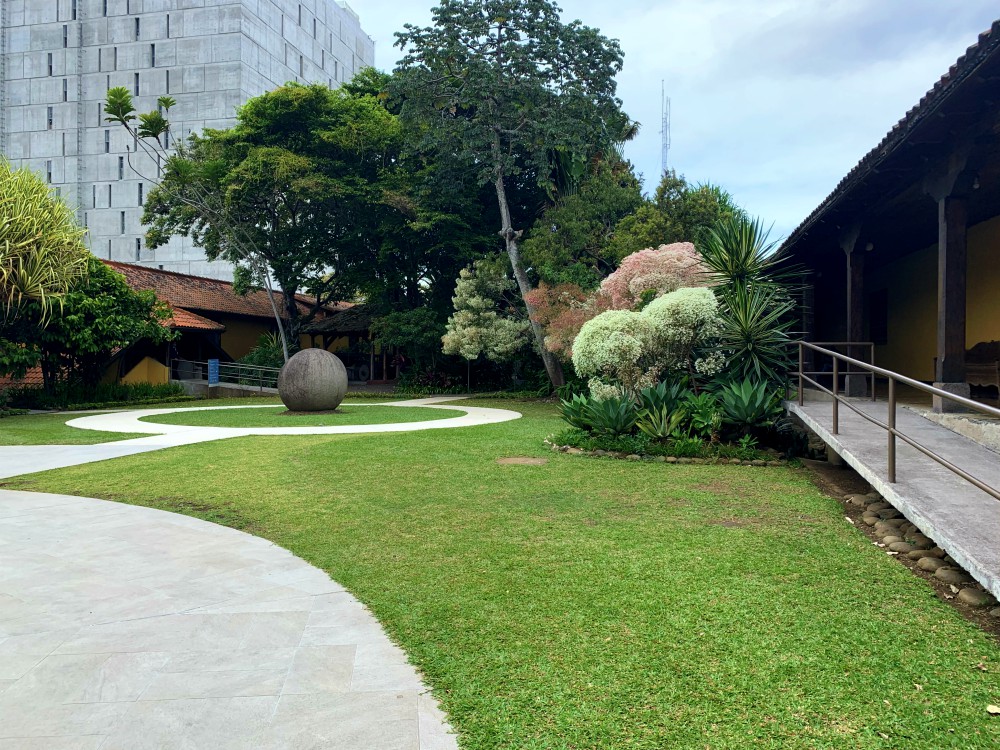
As always very fascinating and well put together. What a gift you have. I know Robert is really anxious to see all this in person. Maybe one day if/when this virus runs its course